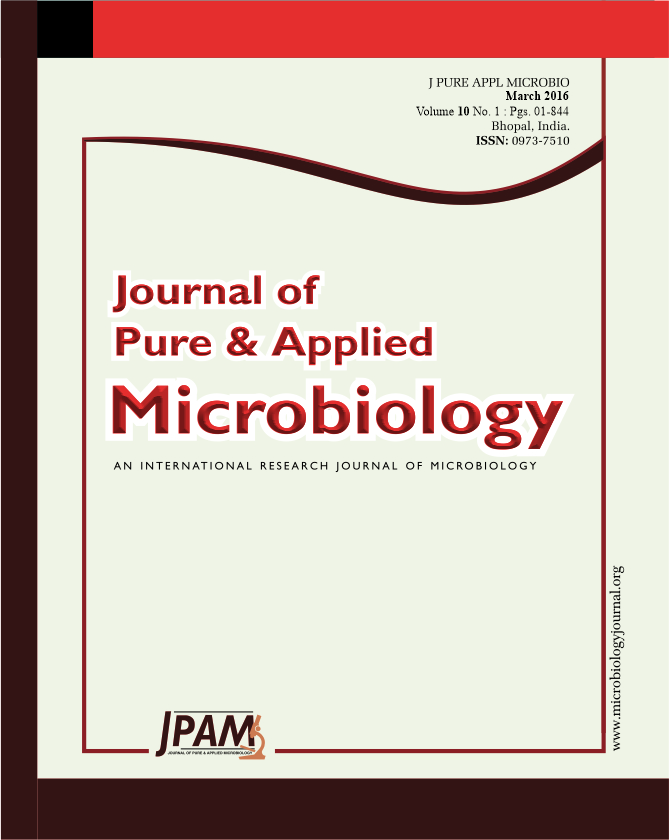Rhynchostylis retusa is an endangered species of epiphytic orchids. It bears beautiful pendent inflorescences, and is of high floriculture and therapeutic importance. Natural populations of this species are gradually declining because of unscrupulous collection pressures. The species has earlier been propagated through asymbiotic seed germination and organ culture but there is no report of raising it symbiotically. Therefore present study was undertaken to isolate its mycobionts and to investigate their role in inducing seed germination in vitro. For this, the surface sterilized root segments (10-15 mm long) were cultured on Oat Meal Agar medium and three fungal endophytes (RR201 – RR203) were discerned based upon colony and micromorphological characteristics. Mature seeds were co-cultured separately with all of these fungal isolates. The embryos showed initial swelling after 2.10±0.02 weeks of culturing. Seed coat ruptured after 4.62±0.18 weeks in more than seventy five percent seeds irrespective of the fungal isolate used. However, the further morphogenetic changes occurred only with isolate RR202. It was therefore characterized by sequencing the internal transcribed spacer (ITS) regions of ribosomal RNA gene. The sequence showed 97% similarity with a Basidiomycetes taxon, Ceratobasidum sp. Fungal hyphae entered into seed from general seed surface and colonized the embryonic cells. The protocorms developed after 12.50±0.50 weeks. First leaf and root emerged after 18.00±0.71 and 26.80±0.57 weeks respectively. Seedlings transferred to greenhouse showed 98.34±0.28 percent survival. Ceratobasidium sp. can be utilized for efficient mass propagation of R. retusa symbiotically.
Mycobiont, Symbiotic seed germination, Orchid, Protocorm.
© The Author(s) 2016. Open Access. This article is distributed under the terms of the Creative Commons Attribution 4.0 International License which permits unrestricted use, sharing, distribution, and reproduction in any medium, provided you give appropriate credit to the original author(s) and the source, provide a link to the Creative Commons license, and indicate if changes were made.


